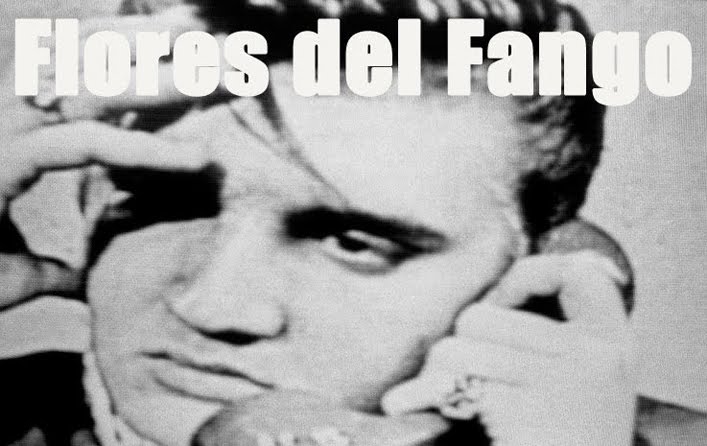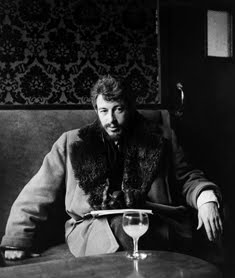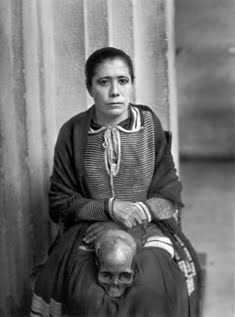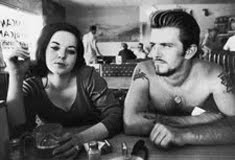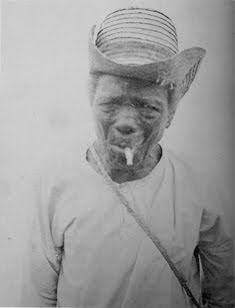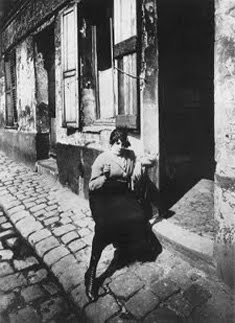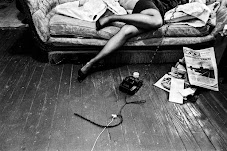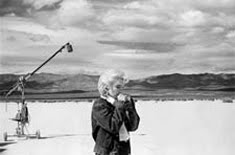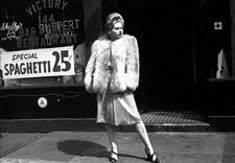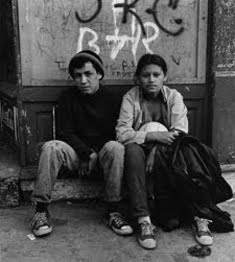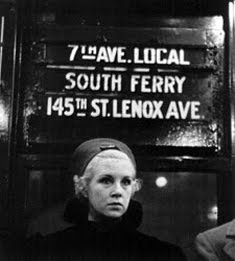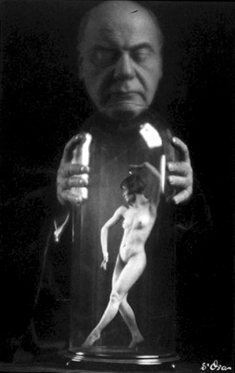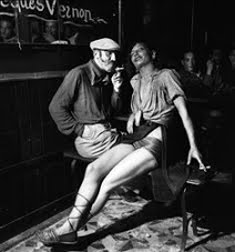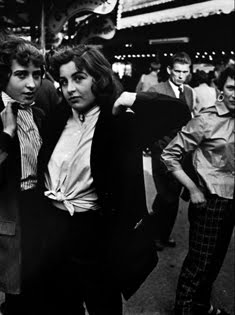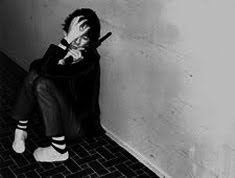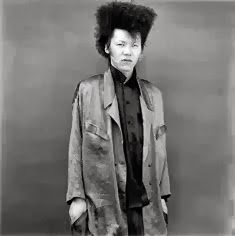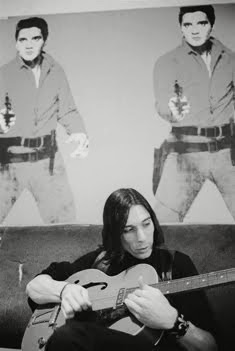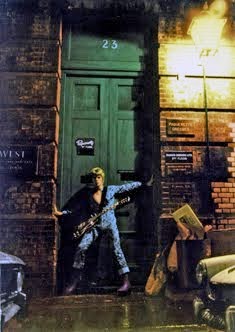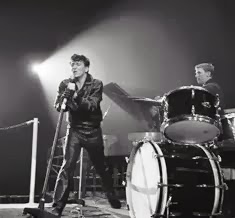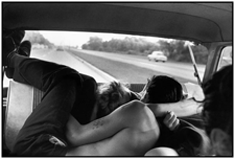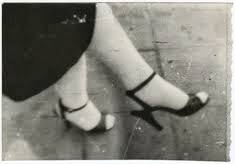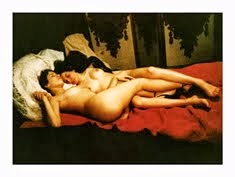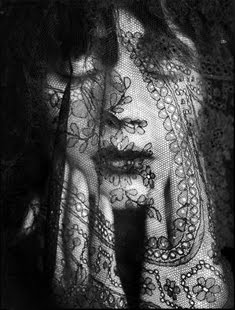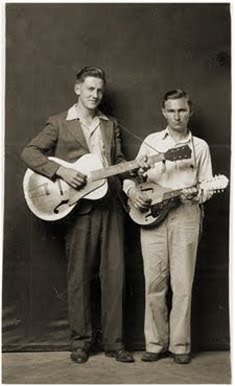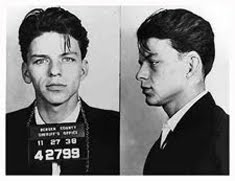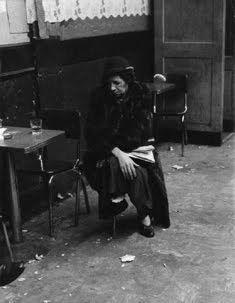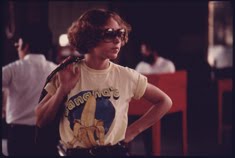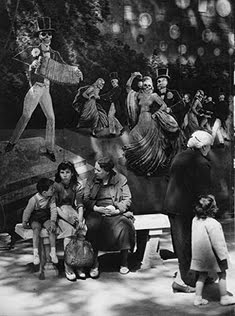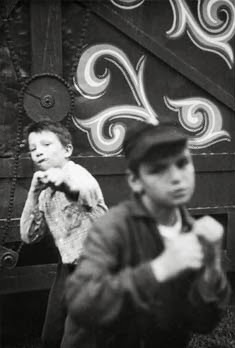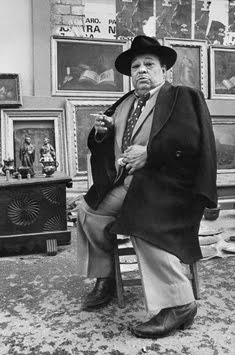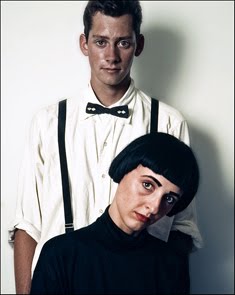Toots DeVille. the girl with a knife

Susan Berle, más conocida para la infrahistoria del rock como Toots DeVille, fue la (según cuentan las crónicas) menuda pero fiera esposa y representante del músico Willy DeVille (nombre real William Borsey) ya desde su época moza y precaria con la banda Mink DeVille, un combo que en la época del punk neoyorquino y en los mismos escenarios (léase CBGBs y Max's Kansas City) practicaban un personal compendio de influencias de rythm'n'blues, rock'n'roll, soul y ritmos latinos. Se conoce que ambos vivieron años entregados a la, por aquella época, muy ruda y salvaje vida urbana y notoriamente imbuidos de la depencia a la heroína y el esoterismo, Willy ya carismáticamente ataviado, previo a su adulta transformación en pirata o indio bohemio, de unas pintas que podrían ser perfectamente inspiración para el Sailor Ripley de Gifford-Lynch con un toque de chulo de putas callejero y ella en una hipnótica mezcla gótico-romántica combinada con perforación en la nariz cuando aún no era común y aspecto sesentero con un peinado bombástico y línea de ojos acentuada (a lo Ronettes décadas antes que Amy Winehouse). Toots fue clave en el aspecto de Willy y en el concepto de la banda y sus influencias musicales. Según algunas fuentes una nativa americana adoptada por una acaudalada familia judía en el negocio de la ropa (al parecer la marca Berle sigue siendo rentable), lo que más se destaca de ella cuando se la menciona es su tendencia a echar mano de su cuchillo cuando alguien los importunaba a ellos o sus amigos, o si alguna chica despistada miraba con deseo o flirteaba con su chico. Willy, que falleció en 2009 por las complicaciones de su vida al límite y que también aseguraba tener sangre india, se refirió alguna vez a ella en el recuerdo como alguien que perjudicó su carrera, pero también otros cuentan como ella creía ciegamente en él y peleaba por buscarle un sitio en el negocio musical. A ella están dedicadas muchas de las canciones románticas de Mink DeVille y aparece en la portada de uno de sus mejores álbumes, 'Le Chat Bleu' (1979), mostrando su tatuaje, el que ambos compartían en sus hombros, una pantera con los correspondientes nombres de su pareja. Willy y Toots se separaron tras algo así como un par de décadas juntos y ya solo tenían en común el recuerdo y la paternidad del hijo que Toots tuvo con un travesti suicida y que Willy adoptó como propio cuando se casaron. Nunca volvieron a retomar el contacto, escarmentados quizás de lo perjudicial que podían ser el uno para el otro. Willy continuó su carrera bajo su propio nombre y Toots dejó las drogas duras y se dedicó a labores de enfermería para subsistir, la familia le había cortado finalmente el grifo de dinero durante aquellos años locos. Falleció unos años antes que su antigua pareja.
Susan Berle, best known as Toots DeVille for rock inside stories, was the (according to the chronicles) small but fierce wife and manager of musician Willy DeVille (real name William Borsey) since his youthful and precarious time with the band Mink DeVille, a combo that in the punk New York era and on the same scenario (CBGBs and Max's Kansas City) practiced a very personal compendium of rythm'n'blues influences mixed with rock'n'roll, soul and Latin rhythms. It is known that both lived devoted to rough and wild urban life and notoriously imbued with the depravity caused by heroine, Willy already charismatically gifted, prior to his adult transformation into a bohemian pirate or Indian, with looks that could perfectly inspire Gifford-Lynch's Sailor Ripley and a touch of street pimp and her in a hypnotic gothic-romantic style combined with nose piercing before it became common and a sixties look along bombastic beehive hairstyle and accentuated eyelines (in Ronettes style decades before Amy Winehouse). Toots was crucial in Willy's looks and name, the concept of the Mink DeVille band and the musical influences. According to some fonts a native american adopted by a wealthy jewish family in the clothing business (apparently Berle is still a known brand), what everybody points out most of Toots when mentioned is her tendency to take hold of her knife when someone pestered them or their friends, or if some girl tried to flirt with her boy. Willy, deceased in 2009 by health complications due to his habits, blamed Toots years later as someone who harmed his career, but also others tell how she blindly believed in him and fought to find him a place in the musical business. Many of the romantic songs of Mink DeVille were dedicated to her and she appears on the cover of one of their best albums, 'Le Chat Bleu' (1979), showing her tattoo which both shared on their shoulders, a panther with the name of the other one. Willy (who is also believed to have some indian family roots) and Toots took separate ways after almost two decades together still sharing the parenthood of the son Toots had with a suicidal drag queen and that Willy adopted as his own when they married. They never contacted again, perhaps knowing how damaging they could be to each other. Willy (who is also believed to have some Indian family roots) continued his passionate career under his own name and Toots got rid of hard drugs and worked as a nurse to subsist, her family had already refused financial support during those wild years. She died a few years before Willy.

Max's Kansas City, New York 1977. Foto: Ebet Roberts

CBGB's, New York 1977. Foto: Ebet Roberts

Toots & Willy. Foto: Chester Simpson

New York City, 1977. Foto: Ebet Roberts

Los Ángeles, California, 1977. Foto: Michael Ochs

Alan Vega, Toots & Willy, Max's Kansas City. Foto: Ebet Roberts

Toots & Willy DeVille. Foto: Leland Bobbé
